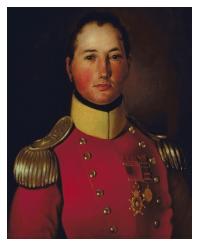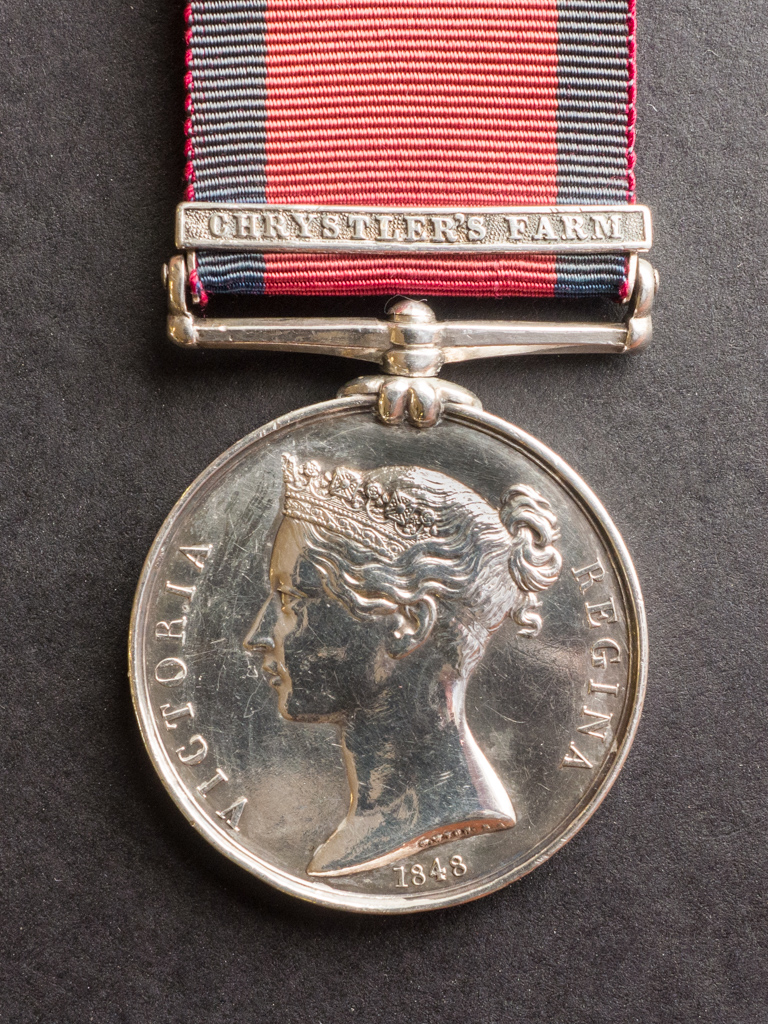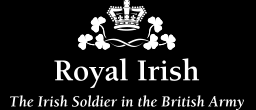89th at the Battle of Crysler's Farm

|
| A later portrait of Lieutenant Colonel Joseph Morrison. |
The naval and military forces of Britain and the recently independent United States of America clashed between 1812-14 in a little remembered war called 'The War of 1812'. In 1813, the American Secretary of War (John Armstrong) set in motion a strategy to capture Upper Canada by moving two armies to attack undefended Montréal in an attempt to force the British to abandon their territory to the west.
One army, Major General Hampton's, was defeated at the Battle of Chateauguay on 26 October 1813. The other army, commanded by Major General Wilkinson, was embarked and advancing along the valley of the St Lawrence River. Meanwhile, at Kingston, Lieutenant Colonel Joseph Morrison of the 89th Regiment, commanding a 'Corps d’Observation' boarded a flotilla and sailed down the St Lawrence to harass Wilkinson’s force. Morrison disembarked at Prescott and reinforced by the 240 men of the Prescott garrison, continued to harass Wilkinson's American army down the river. Morrison arrived at Crysler’s farm on 10 November and prepared to engage the Americans on ground of his choosing.
 Wilkinson despatched Brigadier Boyd with an American force of 2,500 to attack Morrison’s force. Morrison's right was on the river line, his left in a pine wood manned by Canadian Voltigeurs and Mohawk warriors. The majority of his main body and reserve consisted of a detachment of Canadian Fencibles, the 49th and 2/89th Regiment of Foot and well sited Royal Artillery guns. At 1400 hours on 11 November, Boyd's advancing force made contact with Morrison's forward lines which then fell back to the main prepared position. Boyd's first general attack came 30 minutes later but Morrison's well-disciplined regulars, firing volleys by platoons at close range, repulsed Boyd's disorganised and poorly disciplined attacks. The fighting continued until 1630 hours when the Americans recognised that they were beaten and retreated; they had lost 102 killed, 237 wounded and over 100 prisoners while the British had lost 22 killed and 148 wounded, of which the 2/89th suffered 5 killed and 2 wounded. Morrison’s victory was described as 'a very brilliant little affair.'
Wilkinson despatched Brigadier Boyd with an American force of 2,500 to attack Morrison’s force. Morrison's right was on the river line, his left in a pine wood manned by Canadian Voltigeurs and Mohawk warriors. The majority of his main body and reserve consisted of a detachment of Canadian Fencibles, the 49th and 2/89th Regiment of Foot and well sited Royal Artillery guns. At 1400 hours on 11 November, Boyd's advancing force made contact with Morrison's forward lines which then fell back to the main prepared position. Boyd's first general attack came 30 minutes later but Morrison's well-disciplined regulars, firing volleys by platoons at close range, repulsed Boyd's disorganised and poorly disciplined attacks. The fighting continued until 1630 hours when the Americans recognised that they were beaten and retreated; they had lost 102 killed, 237 wounded and over 100 prisoners while the British had lost 22 killed and 148 wounded, of which the 2/89th suffered 5 killed and 2 wounded. Morrison’s victory was described as 'a very brilliant little affair.'
When Wilkinson learned that Hampton’s army had been defeated at Chateauguay and would not be joining his force for an assault on Montréal, he ended the campaign and marched the survivors of his army back to the United States. Britain and the United States ceased hostilities in the following year and concluded the war by signing the Treaty of Ghent on 24 December 1814.
Above left, Garner's Military General Service Medal, awarded for The (Anglo-American) War of 1812 with the clasp 'CHRYSTLER'S FARM'. It is not unusual to find variations of spelling for titles of battles on medals, in despatches, historical accounts or indeed in the London Gazette. This medal is in the collection of The Royal Irish Fusiliers.





